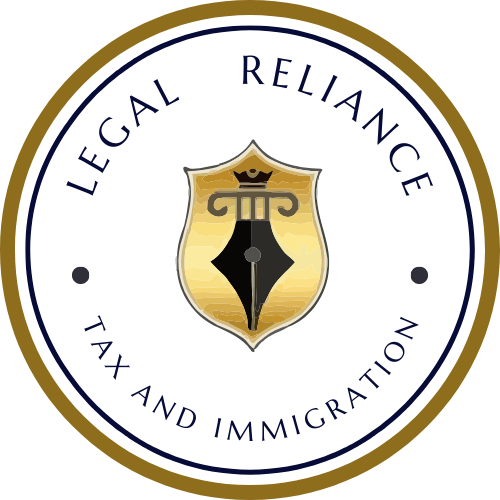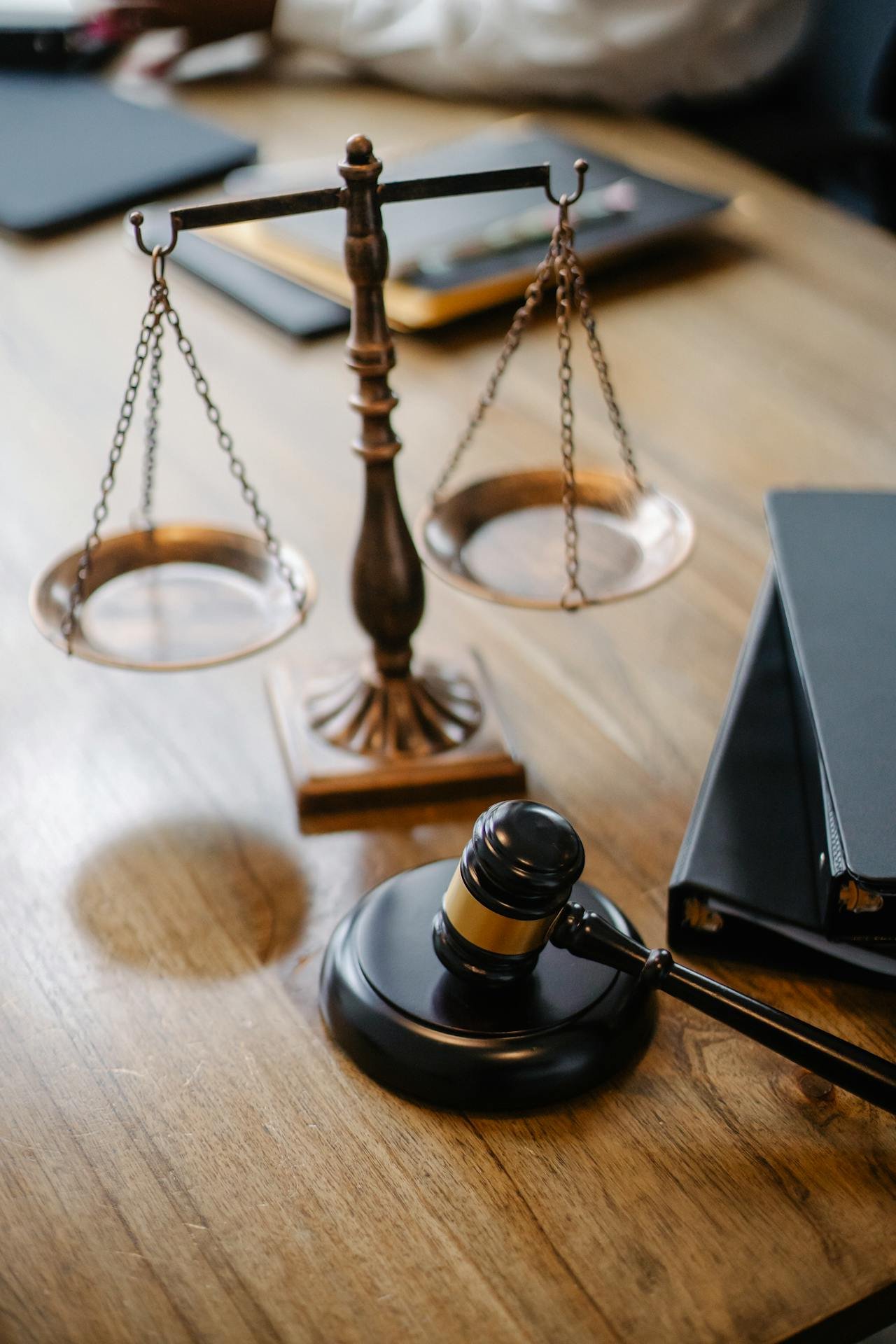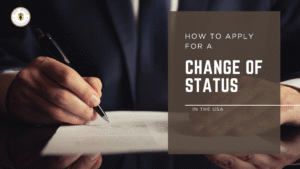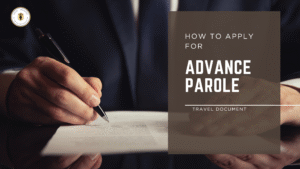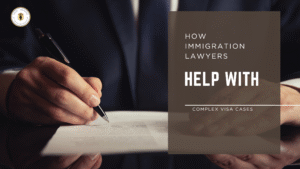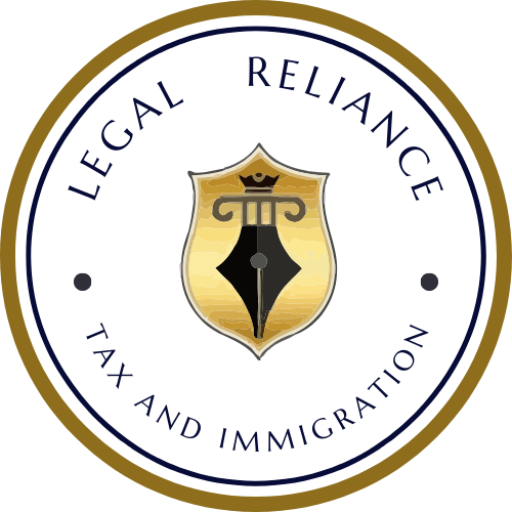If you’re planning a trip to the United States for business or leisure, the B‑1/B‑2 visa is one of the most common options you’ll encounter. Whether you’re attending a conference, visiting family, or simply exploring the US, this dual-purpose visa lets you do both business and tourism under one umbrella. In this guide, you’ll discover what the B-1 and B-2 visas are, how to apply, what activities are allowed (and not allowed), how long you can stay, and how you might extend your stay legally.
What is the B-1/B-2 Visitor Visa?
The B-1/B-2 visitor visa is a non-immigrant visa category designed for temporary visits to the United States. The “B-1” part is for business purposes (meetings, conferences, contract negotiations) while “B-2” is for tourism, visiting family/friends, medical treatment or general pleasure travel. ISSS+3Pebl+3Travel.gov+3
Most applicants are issued a combined B-1/B-2 visa, allowing them to travel for either business or pleasure (or both). Pebl+1
On arrival at a U.S. port of entry, your time of stay is authorized by a U.S. official (typically up to six months) even if the visa itself is valid for a longer period. University of Rochester+2Travel.gov+2
Why apply for a B-1/B-2 visa?
Here are some common reasons people choose this visa:
- Attend business meetings, conferences or negotiate contracts (B-1) U.S. Embassy+1
- Travel for vacation, visit relatives/friends, seek medical treatment (B-2) Travel.gov+1
- Flexibility: The combined B-1/B-2 allows switching between business & tourism during a trip, as long as conditions are met. Pebl+1
- Validity often long-term (for example up to 10 years) dependent on your nationality. Pebl+1
Eligibility Requirements What You Must Show
When applying for a B-1/B-2 visa, you’ll need to demonstrate:
- A temporary purpose of visit (business or tourism) and that you do not intend to immigrate to the U.S. Wikipedia+1
- Sufficient funds to cover your stay and travel. USCIS+1
- A residence abroad (in Pakistan or another country) with binding ties that show you will return after your visit. USCIS
- A valid passport, and in many cases you must show your passport has at least six months of validity beyond your planned stay (unless country-specific rules differ). Alamo Law Group Attorneys at Law+1
How to Apply: Step-by-Step
Here’s a straightforward application process:
- Complete the online visa application form (DS-160) for non-immigrant visas.
- Pay the visa application fee (the amount may depend on your nationality).
- Schedule an interview at the U.S. Embassy/Consulate in your country (for example Islamabad for Pakistan).
- Gather required documents: passport, photo, appointment confirmation, supporting evidence (purpose of travel, finances, ties abroad).
- Attend your visa interview: Be prepared to explain your purpose, travel plans, funding, and how you will return.
- Once approved, you’ll receive the visa foil in your passport. You’re then eligible to travel to the U.S. and seek admission at the port of entry.
Duration of Stay & Validity
- The visa’s validity (how long you can use it to enter the U.S.) may be up to 10 years depending on your country. Pebl+1
- Upon arrival, U.S. Customs & Border Protection (CBP) officer determines how long you can stay (often up to 6 months) via your I-94 form. Boundless+1
- Keep in mind: a valid visa does not guarantee you will be admitted for a full 6 months the stay length is at the discretion of CBP.
How to Extend Your Stay
If you want to stay beyond the period initially granted, here’s how to proceed:
- You can apply to extend your stay while in the U.S. by filing Form I-539 (Application to Extend/Change Nonimmigrant Status). USCIS+1
- You must file before your current authorized stay expires and clearly show why you need the extension, demonstrate continued financial support, and maintain all other conditions of your visa.
- Note: Extensions aren’t automatic and approval is discretionary.
What You Cannot Do on a B-1/B-2 Visa
To maintain validity of your visit, avoid the following:
- Engaging in regular employment or any work that is compensated by a U.S. source. B-1 allows for certain business activities but not employment. Pebl+1
- Enrolling in full-time study or taking a job in the U.S. under B-2 tourism status. ISSS
- Violating the terms of your stay such as overstaying the permitted duration or misrepresenting your purpose.
Tips & Strategic Advice
- When attending your interview, bring evidence of strong ties to your home country (job, property, family) and clear travel itinerary.
- Be honest and consistent about your purpose of travel confusion or contradictions may lead to denial.
- Even if your visa is valid, arrive early, clear CBP, and respect the stay period granted this builds a strong profile for future visits.
- If your circumstances change (e.g., you decide to study or work), you’ll likely need a different visa category rather than just extending a B-1/B-2.
Final Thoughts
The B-1/B-2 visitor visa offers a flexible option for temporary travel to the U.S. combining both business and leisure travel opportunities in one. But its flexibility comes with responsibility: you must stick to the rules, show your intent is temporary, and ensure you comply with the stay period. If you follow the process carefully gather the right documents, present a clear purpose, and respect the limitations you’ll be well-positioned for a successful visa application and a smooth visit to the United States.
